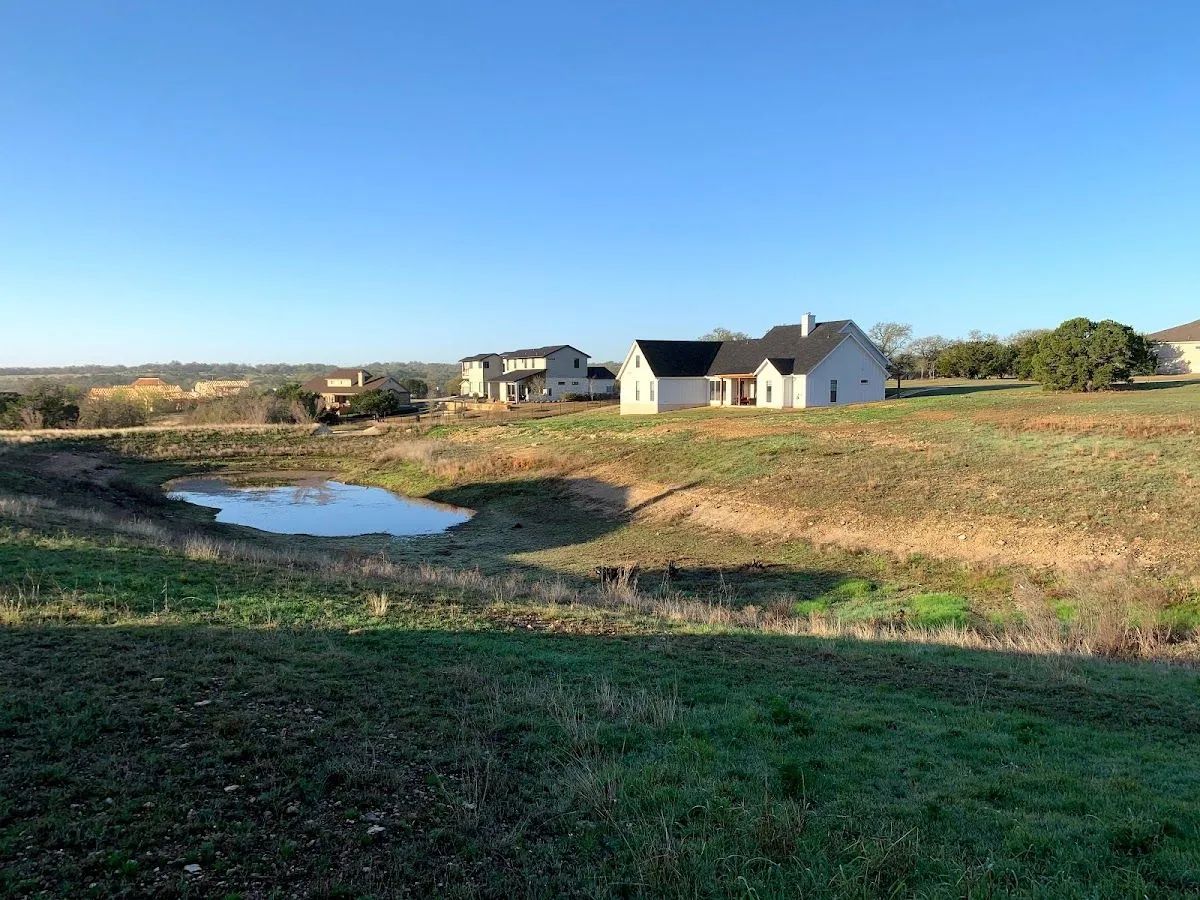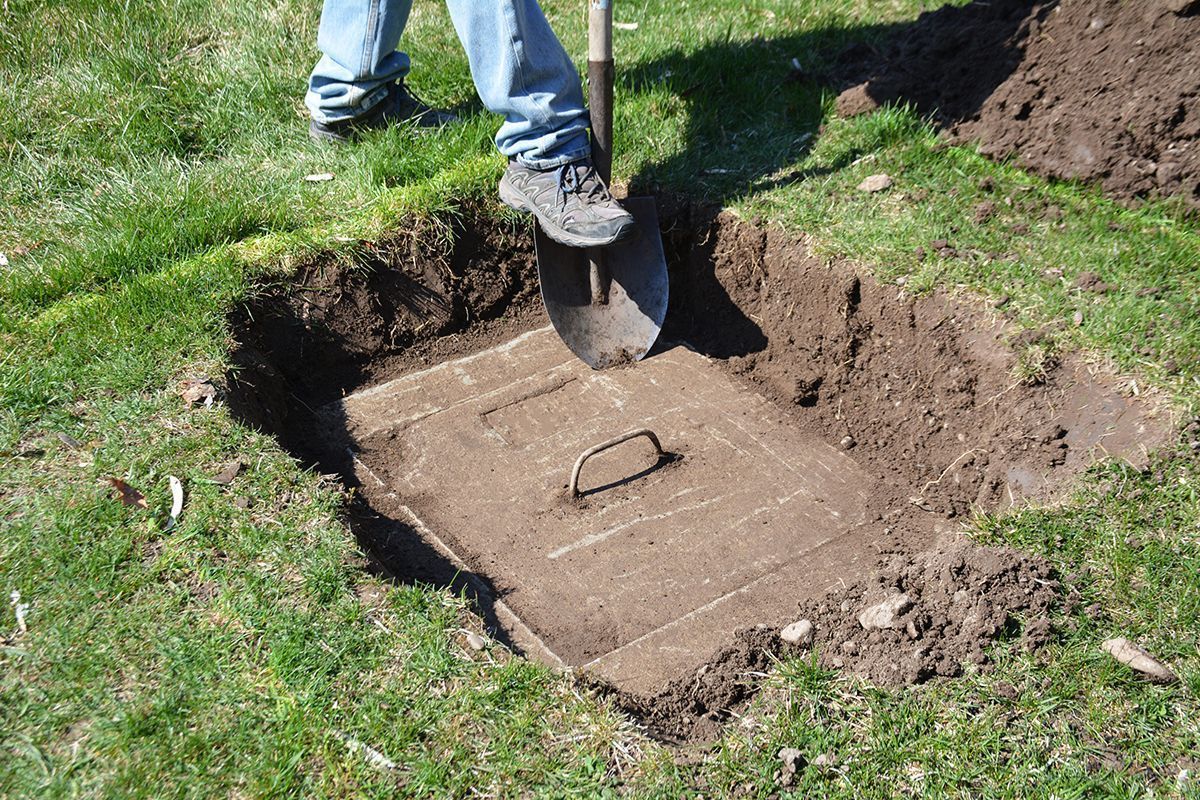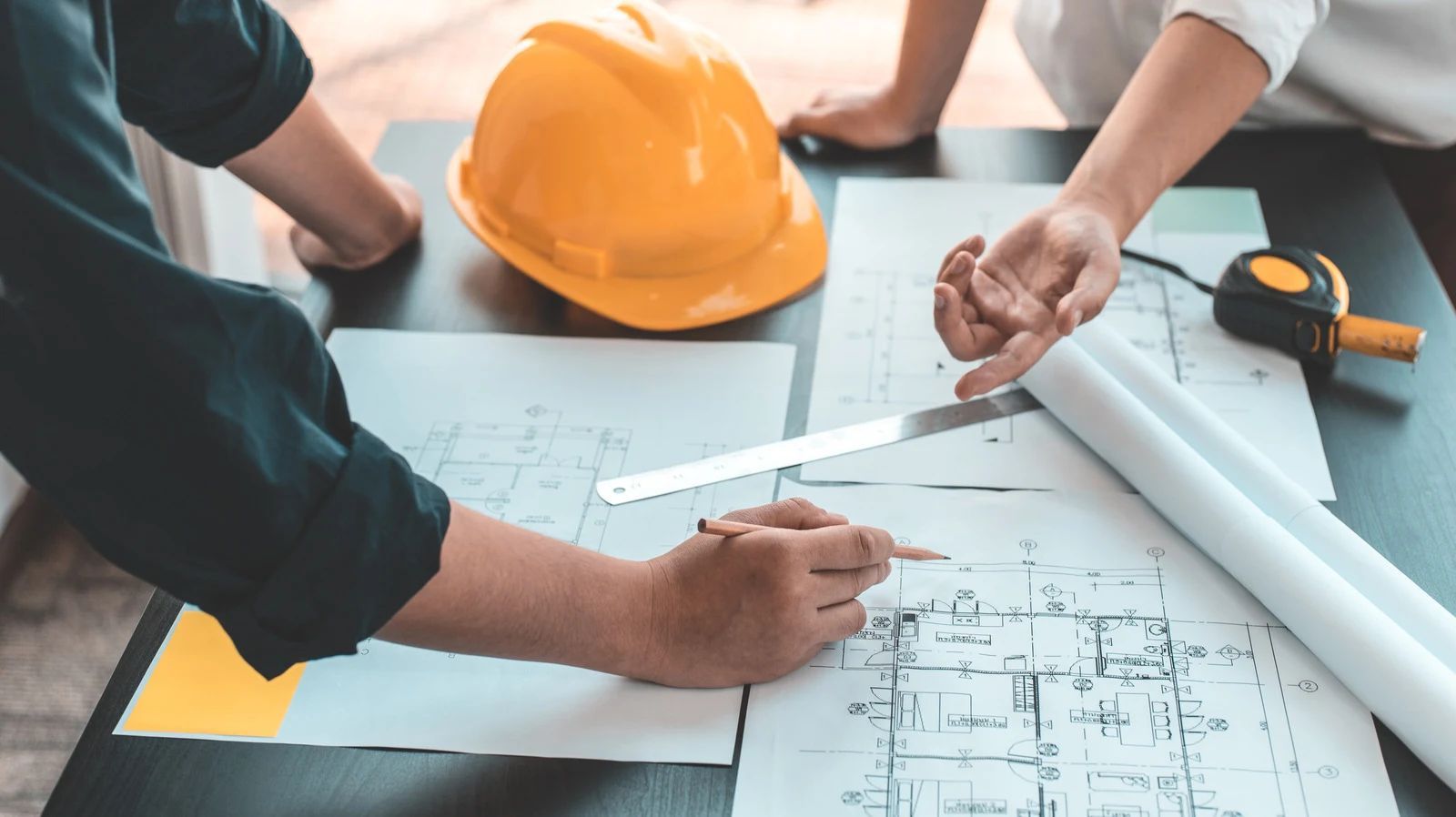How Proper Site Planning Can Save You Thousands in Future Costs
August 7, 2025

When it comes to land development, proper site planning is one of the most critical steps for long-term success. Whether you're building a commercial facility, a residential community, or an industrial complex, strategic planning can prevent costly mistakes down the road. From zoning compliance to infrastructure placement, every detail matters when creating a functional and cost-effective site layout.
Failing to plan properly can lead to expensive issues like drainage problems, utility conflicts, or regulatory fines. Businesses and property developers who take the time to assess land conditions, optimize site layouts, and consider future expansion save significant money on repairs, redesigns, and operational inefficiencies.
Key Ways Site Planning Prevents Costly Issues
1. Avoiding Drainage and Erosion Problems
One of the biggest challenges in site development is managing water flow. Poor drainage planning can lead to flooding, erosion, and foundation damage—all of which require costly fixes. Effective site planning includes grading the land properly, incorporating stormwater management systems, and ensuring water runoff does not negatively impact neighboring properties.
By analyzing soil composition, slope, and rainfall patterns, professionals can design a drainage plan that minimizes risks. This proactive approach saves thousands of dollars in future repairs and helps maintain property value.
2. Optimizing Infrastructure Placement
Properly planned infrastructure—including roads, utilities, and septic systems—can reduce unnecessary construction expenses and long-term maintenance costs. Poor placement of underground utilities like water lines, electrical conduits, and sewage systems can result in expensive relocations or repairs.
For example, installing utilities too close to tree roots or unstable soil can lead to pipe damage and costly maintenance. Smart site planning ensures that infrastructure is placed in locations that maximize efficiency and minimize future disruptions.
3. Reducing Regulatory Compliance Costs
Zoning laws, environmental regulations, and building codes all play a role in site planning. Failing to comply with these requirements can lead to hefty fines, project delays, and costly redesigns. A well-planned site considers all regulatory factors from the beginning, ensuring permits are obtained smoothly and construction proceeds without legal complications.
Environmental assessments, soil testing, and impact studies are all part of responsible site planning. Addressing these early on prevents the need for expensive modifications later in the project.
4. Maximizing Land Use Efficiency
Poor site layout can waste valuable space, leading to inefficiencies and higher development costs. Strategic site planning optimizes land usage by considering factors such as:
- Building orientation for energy efficiency
- Parking lot placement for traffic flow and accessibility
- Green space and landscaping for environmental sustainability
- Room for future expansions or modifications.
By making the most of available space, developers can avoid costly restructuring in the future and improve the site's overall functionality.
5. Preventing Foundation and Structural Issues
The condition of the land plays a major role in the stability of buildings and infrastructure. Without proper site analysis, construction on unstable soil can lead to foundation cracks, shifting structures, and costly repairs.
Geotechnical testing and soil stabilization techniques help ensure that the land can support the intended structures. Investing in these assessments during the planning phase can save businesses thousands—or even millions—in structural repairs later.
Work with Experts to Ensure Smart Site Planning
Proper site planning is a smart investment that prevents unexpected expenses and ensures long-term success. At Environmental Design Group
in Austin, TX, our team brings over 55
years of combined experience in strategic site planning and land development. We help businesses and developers create efficient, cost-effective site designs that meet regulatory requirements and future growth needs. Contact us today to start your project on the right foundation.





